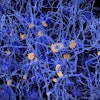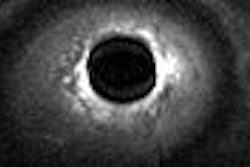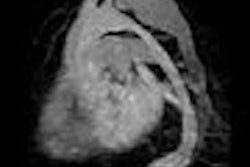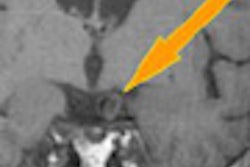Dear MRI Insider,
Last week, the Walt Disney Co. became the first major Hollywood studio to outright ban depictions of smoking in their family-oriented films. The move was praised by the American Legacy Foundation, whose research indicates that children exposed to smoking through movies are three times more likely to pick up the habit.
Hopefully Disney's anti-smoking stance will have a positive effect on future incidence of cancer death in the U.S., because this year's figures aren't looking so hot: the American Cancer Society (ACS) predicts that lung malignancies will be the leading cause of cancer death in 2007, affecting nearly 90,000 men and a little more than 70,000 women (ACS Surveillance Research 2007).
Of course, as part of their diagnostic and treatment protocol, these patients will undergo multiple imaging exams. CT plays a major role in lung cancer imaging, with support from molecular imaging, sonography, and angiography. Two studies out of Asia promote dynamic MRI and 3-tesla MRI for depicting clinically significant small nodules, as well as distinguishing between benign and malignant lesions. In a related paper, Japanese nuclear medicine specialists look at the value of MR for assessing cerebral lesions from metastatic lung cancer. Click here for the details.
You'll also find the following stories in the MRI Digital Community:
- Efforts to develop noncontrast MRI techniques in order to prevent gadolinium-related nephrogenic systemic fibrosis (NSF)
- The high rate of lower spinal injuries sustained by young, elite tennis players
- Choosing between MR angiography and other modalities for cerebrovascular imaging
- Plumbing the depths of acute hamstring injuries with MRI
- The percentage of women who are eligible for MR-guided focused ultrasound (MRgFUS)
- The role of MR mammography for evaluating the contralateral breast in patients with diagnosed unilateral breast cancer or high-risk lesions
Finally, researchers from the Imperial College in London found success with 3-tesla cardiac MR imaging in preterm infants without the need for anesthesia or sedation. To learn more about their technique, click here.


.fFmgij6Hin.png?auto=compress%2Cformat&fit=crop&h=100&q=70&w=100)





.fFmgij6Hin.png?auto=compress%2Cformat&fit=crop&h=167&q=70&w=250)











